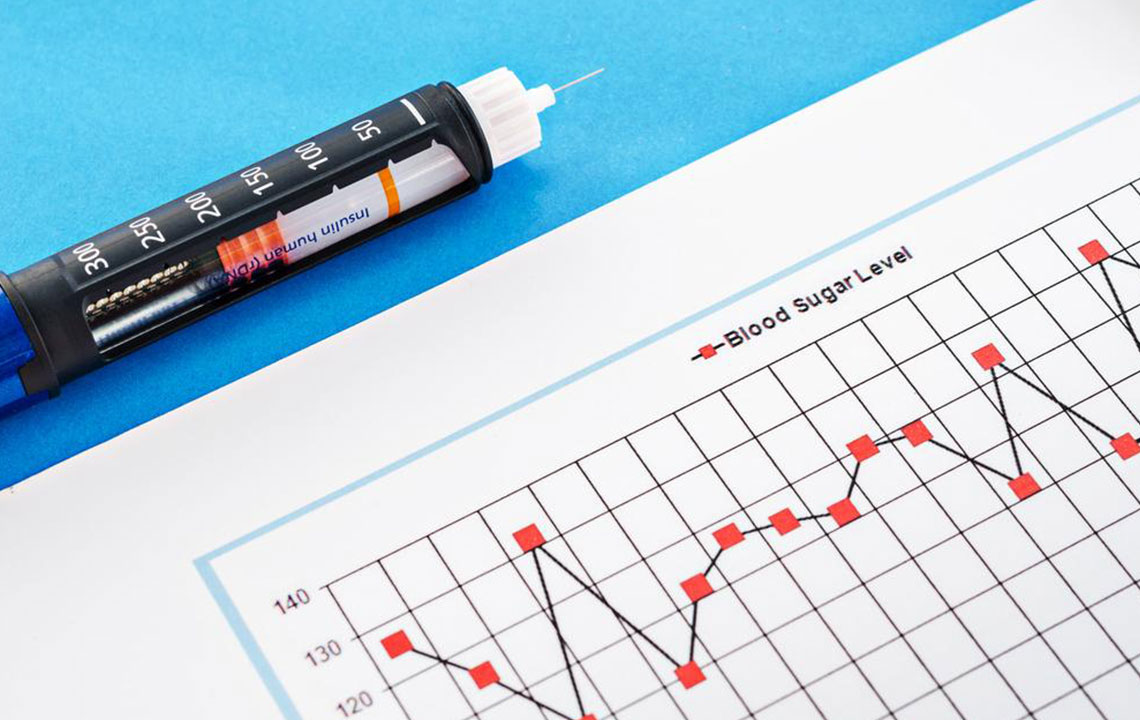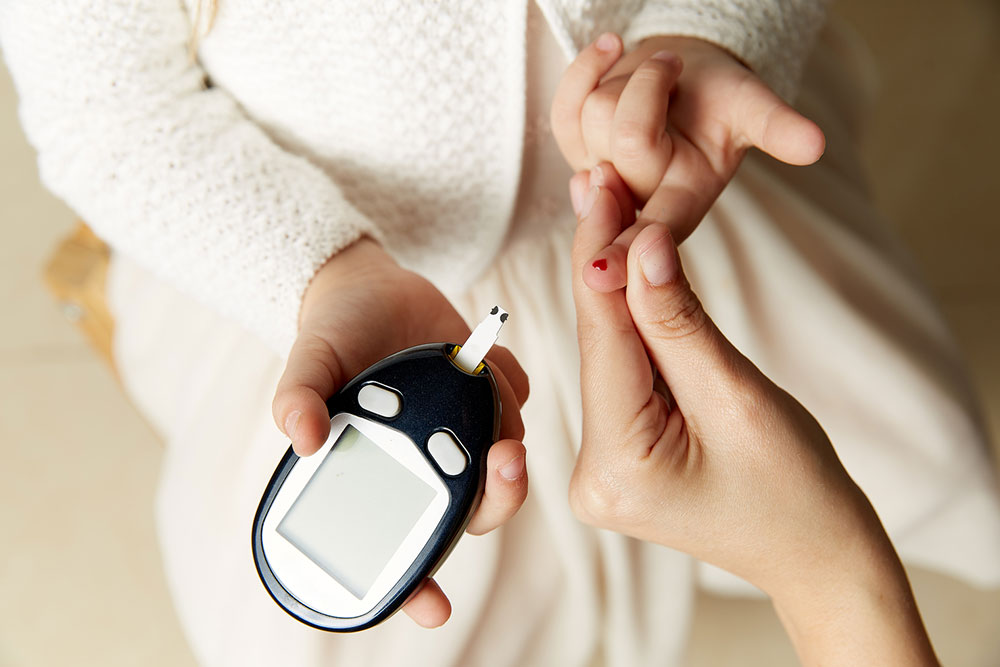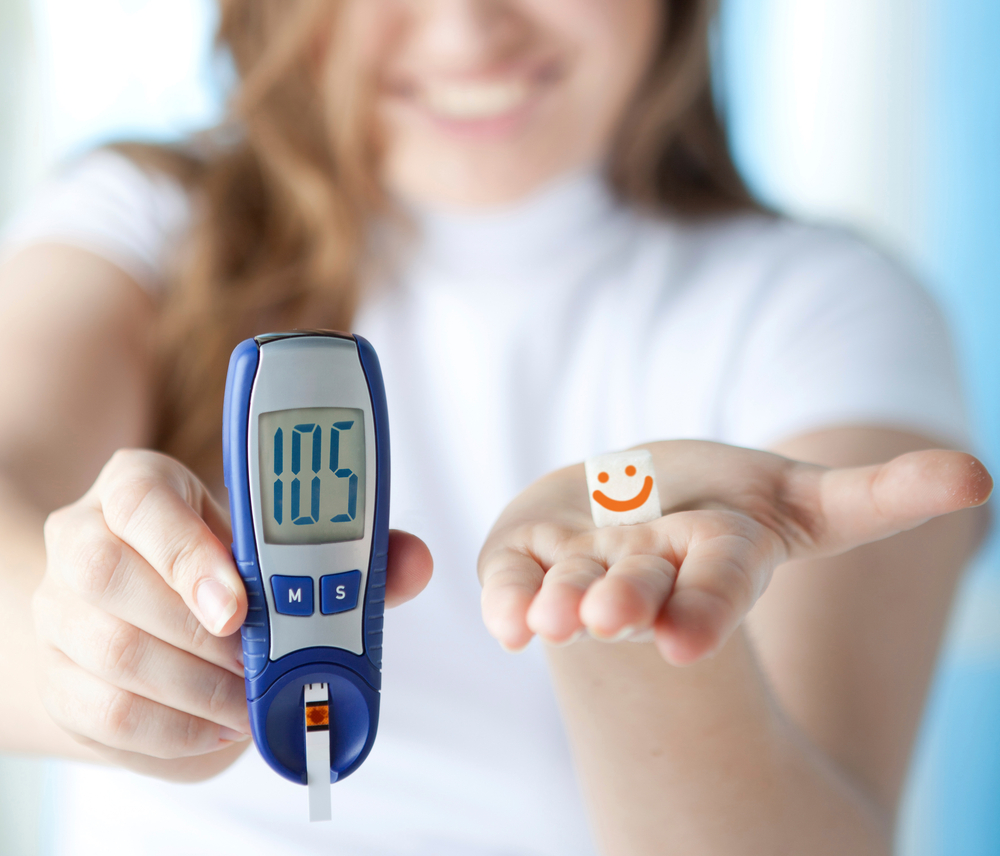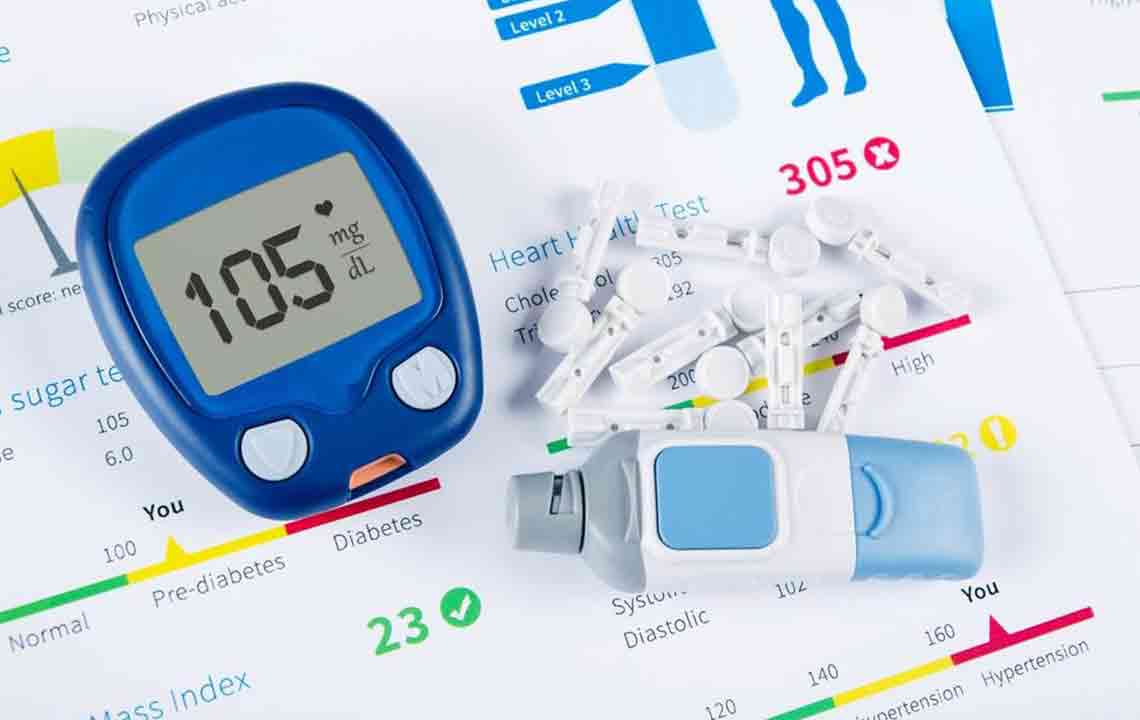Key Insights for Effective Diabetes Control and Prevention
Discover essential tips for managing and preventing diabetes through understanding blood sugar levels, the significance of A1C testing, and lifestyle modifications. Regular monitoring and healthy habits can significantly reduce the risk of complications, aiding in long-term wellness for diabetics and non-diabetics alike.

Key Insights for Effective Diabetes Control and Prevention
Important information for managing diabetes effectively
Diabetes remains one of the most widespread health challenges today. Managing this condition requires vigilance, especially for adults over 35. A combination of healthy lifestyle choices and regular health screenings helps keep blood sugar levels in check. Read on to learn about blood sugar ranges, the significance of A1C testing, and practical tips for self-care.
Understanding Blood Glucose Range Charts
Blood sugar charts serve as helpful tools for monitoring glucose levels. They are based on plasma glucose tests and define various ranges:
The typical ranges are:
Below 70 mg/dL (3.8 mmol) – Indicates hypoglycemia, marked by symptoms like rapid heartbeat, dizziness, confusion, nervousness, weakness, and hunger.
70 to 140 mg/dL (3.8 to 7.7 mmol) – Represents normal blood sugar levels.
140 to 180 mg/dL (7.7 to 10 mmol) – Signifies elevated blood sugar, often a warning sign for prediabetes.
Levels above 180 mg/dL (over 10 mmol) indicate hyperglycemia, caused by insufficient insulin production or response, leading to excess sugar in urine. Maintaining good pancreatic health and lifestyle habits can prevent this complication. Regular check-ups are essential, even for those with normal levels.
What is the A1C Test and Its Importance?
Unlike plasma glucose tests affected by diet or activity, the Hemoglobin A1C test measures average blood sugar over 2-3 months without influence from daily fluctuations. It helps identify prediabetes and diabetes progression and guides long-term management. A normal A1C is below 5.7%. Levels between 5.7%-6.4% suggest prediabetes, while above 6.5% confirms diabetes diagnosis.
Why Maintaining Proper Blood Sugar Is Crucial
Prolonged imbalance increases risks for chronic conditions like heart disease, eye damage, stroke, kidney failure, and nerve damage. Monitoring blood sugar levels is vital for everyone, enabling timely intervention and promoting overall health.
Steps to Keep Blood Sugar in a Healthy Range
Beyond medical routines, adopting a proactive lifestyle can greatly improve well-being:
Eat a nutritious diet rich in fruits, vegetables, and whole grains. Limit processed foods, sugary treats, saturated and trans fats.
Engage in at least 30 minutes of physical activity daily to help regulate blood sugar and reduce cardiovascular risks.
Avoid smoking and excessive alcohol consumption, as these habits can worsen diabetes complications and increase other health risks.
Tags – blood sugar control, diabetes prevention, blood glucose testing










